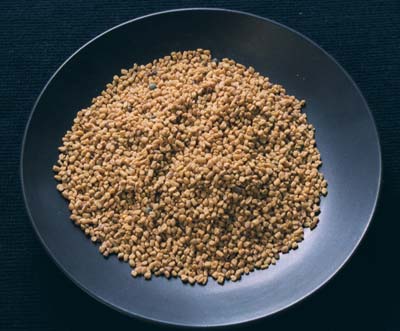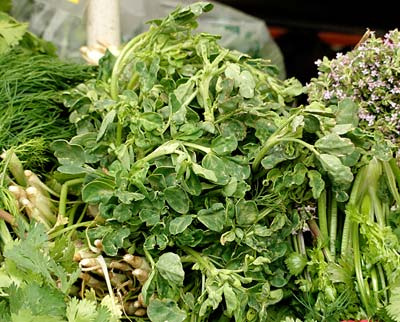
Fenugreek. The seeds impart a distinctive, smoky flavour to dishes. Both the leaves and seeds are used, in the same way as they are for coriander (US: cilantro).

Fenugreek leaves. Both the leaves and seeds are used, in the same way as they are for coriander (US: cilantro). The flavour of the seeds is improved by light frying. The leaves are very small.

Fenugreek. The seeds impart a distinctive, smoky flavour to dishes. Both the leaves and seeds are used, in the same way as they are for coriander (US: cilantro).

Fenugreek. The seeds impart a distinctive, smoky flavour to dishes. Both the leaves and seeds are used, in the same way as they are for coriander (US: cilantro).

Fenugreek leaves. Both the leaves and seeds are used, in the same way as they are for coriander (US: cilantro). The flavour of the seeds is improved by light frying. The leaves are very small.

Fenugreek. The seeds impart a distinctive, smoky flavour to dishes. Both the leaves and seeds are used, in the same way as they are for coriander (US: cilantro).
Mustard oil. Siddharth Dasgupta provides fascinating information. The pungency of mustard oil is from a compound called allyl-iso-thio-cyanate. This is attractive to Bengalis but others may find it too pronounced. Unfortunately mustard oil also contains erucic acid, which is a low grade neurotoxin. It turns out that long term heavy use of mustard oil is injurious. All mustard oils imported to the US from India or Bangladesh) have to be labelled "For external use only". For many years Australia tried to grow a low erucic acid variant, but this was not successful.